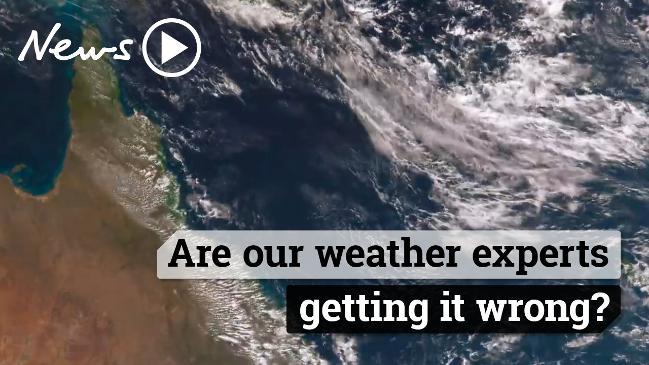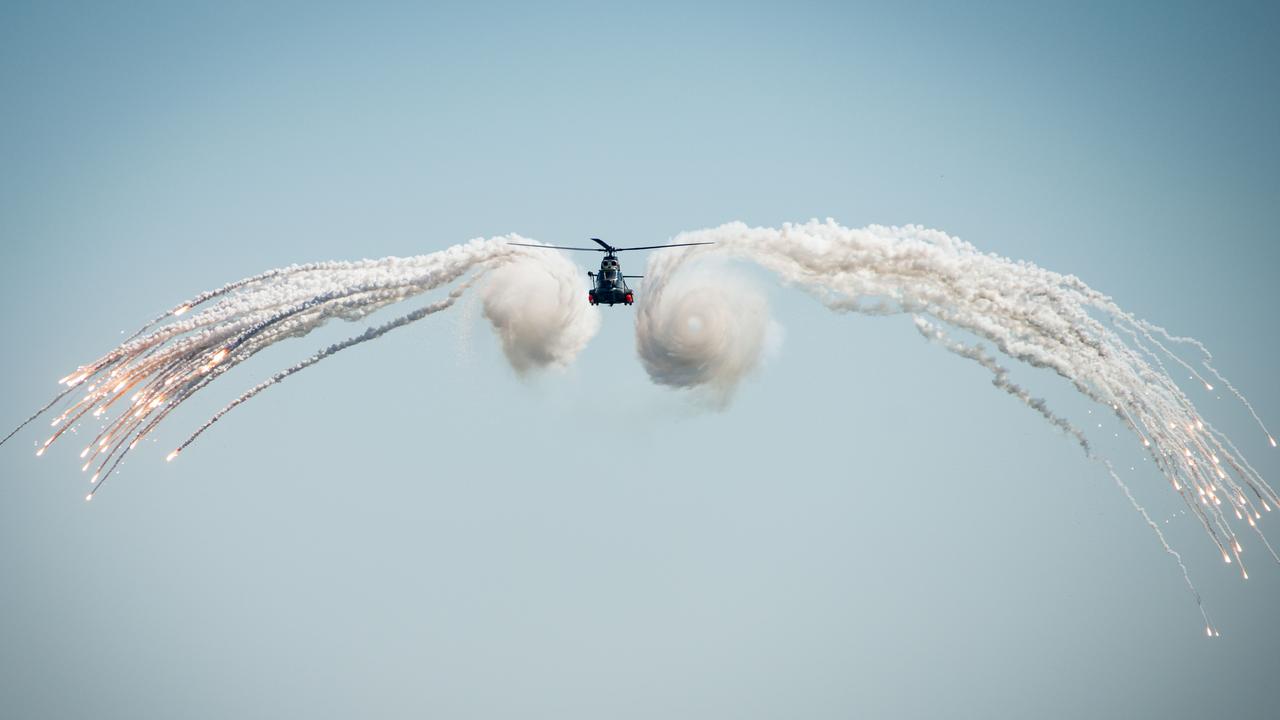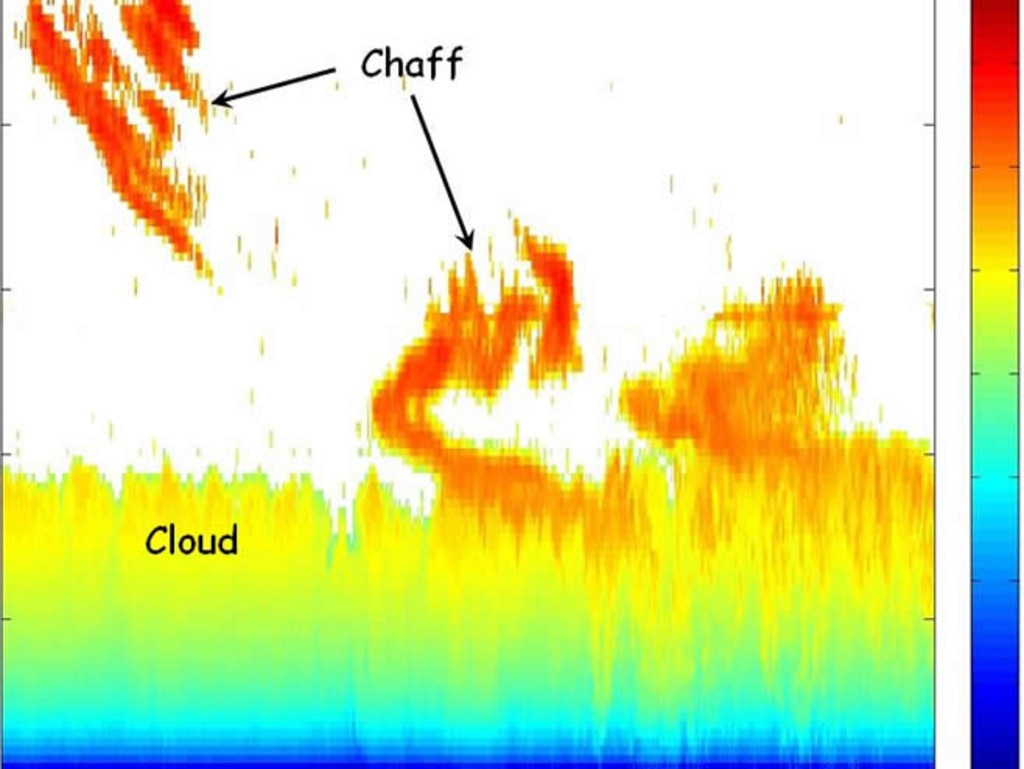It looks like rain but it’s actually secret military exercises
What looked liked rain on an Aussie weather radar this week turned out to be masking something a lot more powerful.

If you checked the weather radars for Sydney yesterday you could have been forgiven for expecting a patch of heavy rain just north of the city. But if you poked your head out the window, it was nothing but blue skies.
What appeared to be an ominous storm cloud rolling across the weather radar was actually a military aircraft tactic used to hide activity and confuse the enemy.
Known as chaff, it’s a radar countermeasure in which aircraft or other military targets spread a cloud of small, thin pieces of aluminium, metallised glass fibre or plastic. The radar-jamming material either appears as a cluster of targets on radar screens or overwhelms the screen with hundreds of returns, or “false echoes”.
ABC weatherman Graham Creed explained the phenomena to listeners in Sydney yesterday evening, telling residents not to worry about the threat of any rainfall.
“If anyone out there’s been looking at the Sydney radar, what you can see those echoes moving towards the northern suburbs of Sydney, it’s not actually rainfall,” he said.
“It’s the Williamtown RAAF base and they’re putting what’s known as chaff in the atmosphere.”
The reported reason for deploying the chaff was to shield the activity of Australian fighter jets from any potential prying eyes during a training exercise.
“The idea of it is that it hides what they’re doing underneath it,” Mr Creed explained. “They’re doing manoeuvres with their aircraft. They drop this chaff and it spreads out and then it creates an echo so you can’t see individual movements.”
The air force base is just north of Newcastle but the chaff material began floating south across northern Sydney.

The radar countermeasure was developed independently by the German, the UK, US and Japanese militaries around the time of the World War II. Still to this day most military aircraft and warships have chaff dispensing systems for self-defence.
“It’s a pretty old technology now,” says Dr Jean Bou from the ANU strategic and defence studies centre.
“It’s basically a way to confuse radar. In its original guise … it was basically strips of aluminium foil and it was thrown out of aircraft in the second world war to confuse enemy radar,” he said.
“Radar reflects off it and gets a bounce. Instead of seeing individual dots and a whole bunch of aircraft on the radar it just sees this wall of radar reflection coming back, so it’s difficult to identify targets.”
A spokesperson from the Australian Department of Defence said chaff was used as part of a “routine fighter jet aircrew” training exercise.
“The use of chaff during training evolutions is a regular occurrence and is governed by strict safety procedures for both Australian Defence Force personnel and the public.”
The chaff that was released was made up of “aluminium fibres thinner than a human hair which are tightly wound together and then dispersed by the wind when released,” the spokesperson said.
While it’s designed to confuse the enemy, given the fact that chaff can appear red on weather radars (the same colour as dark, rain producing storm clouds), it can also temporarily confuse meteorologists.
That happened in December when large blips appeared on weather radar over the US states of Illinois and western Kentucky, which the National Weather Service described as “interesting” before the source was revealed to be a military operation.
Despite concerns from public health and environmental bodies over the years that the materials used in chaff can cause harm, there doesn't appear to be a great deal of public research on the matter.
In a 1998 review of research sponsored by the US Department of Defence regarding the environmental effects of chaff, researchers said the “widespread environmental, human and agricultural impacts of chaff as currently used in training are negligible and far less than those from other man-made emissions.”





